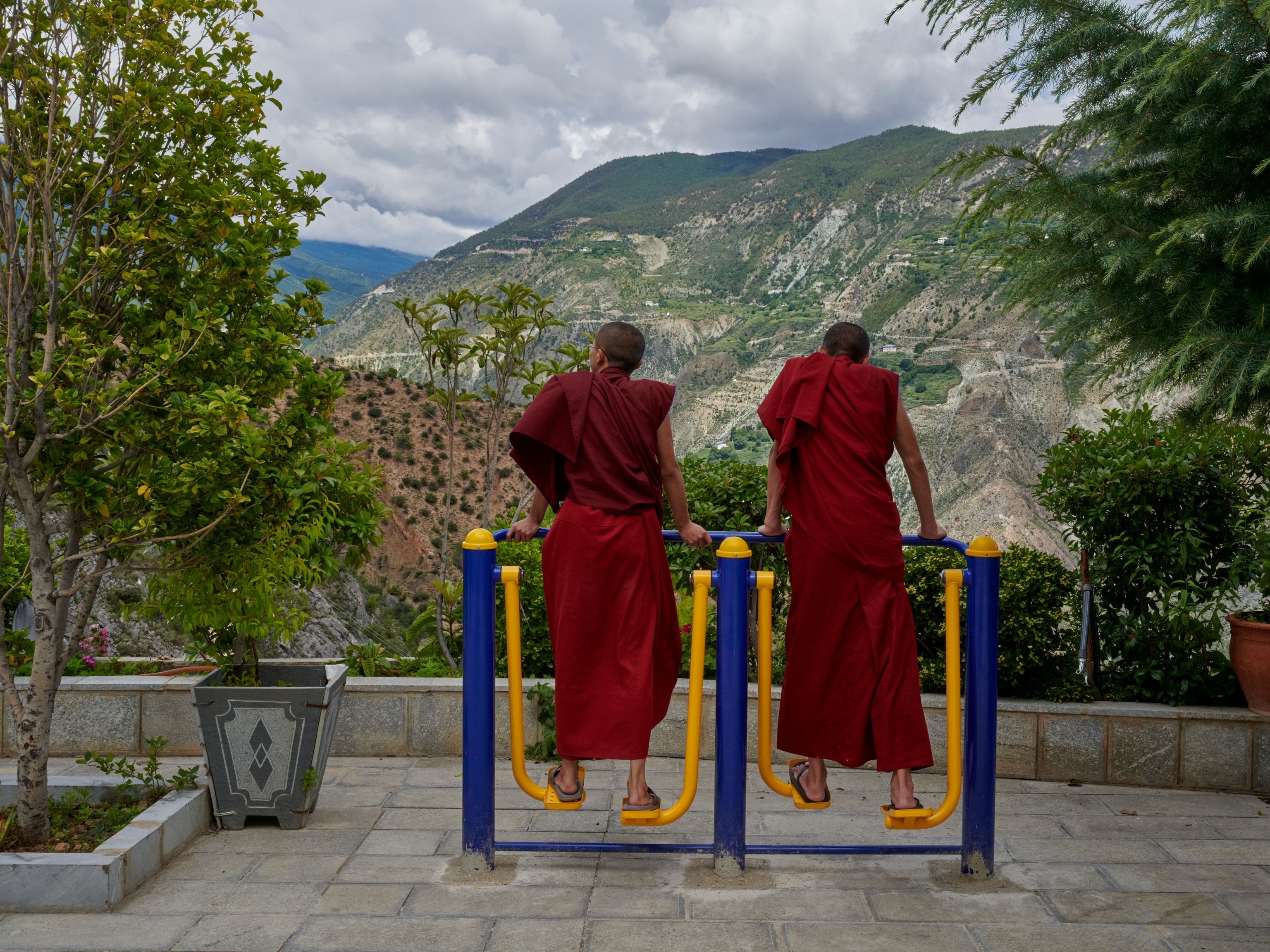
Visualizing the Meditative Lives of Bonsai Trees
Photographer Stephen Voss spends most of his days bouncing between rushed portrait sessions and heavily scrutinized PR-commissioned shoots in Washington, D.C. It’s unusual for him to have more than a few minutes with any of his subjects. When he started photographing the bonsai collection at the National Arboretum, it began as a kind of meditation—an escape from the hectic daily grind.

The bonsai collection at the Arboretum 53 bonsai from Japan in 1976 390-year-old Japanese white pine

While they are visually “incredibly gorgeous,” what also fascinates Voss are the bonsai masters who meticulously water, trim, and envision a tree’s shape as it grows, creating a work of art. Many bonsai masters even attend rigorous schools in Japan, where the trees are objects of almost singular devotion.
Watch this video to learn more about the art of bonsai.

“What [the bonsai masters] are trying to do is reveal the essence of the tree—look at the chaos of nature and find its truest, most honest form, and give it a kind of visual harmony,” Voss says. “To me, it speaks to a hope for the future. This thing that they have devoted their entire lives to will be passed on and inherited by someone else.”

When it came to his photographic method, Voss wanted to honor the intentions of the bonsai masters and their chosen shape of the tree. “Bonsai trees always have a distinct front, and I tried to respect that in my photographs. At the Arboretum the trees tend to be against an off-white, textured wall, and it really allowed me to focus on the form of tree and appreciate the shape of it and the way it was trained by the bonsai masters. I was interested in that starkness.”

When I asked Voss whether he had tried his hand at being a bonsai master, he chuckled. “A few years ago, before I started photographing bonsai, I got my wife two plants and unfortunately they both died. We were terrible practitioners of bonsai. I travel a lot, and truly the trees take almost daily maintenance because they are in very small pots. They need to be watered almost every day and some can’t handle harsh sunlight.”

Voss’s real appreciation of bonsai comes through photographing them. “I hope that these photographs will give people a sense [of] what it’s like to be in the presence of the trees. For me, it’s a really calming and humbling experience. I want the images to capture the empathy and hope that I feel are baked into these trees, given their age and how long they last.”

View more information about Stephen Voss’s project “In Training” on his Kickstarter page





